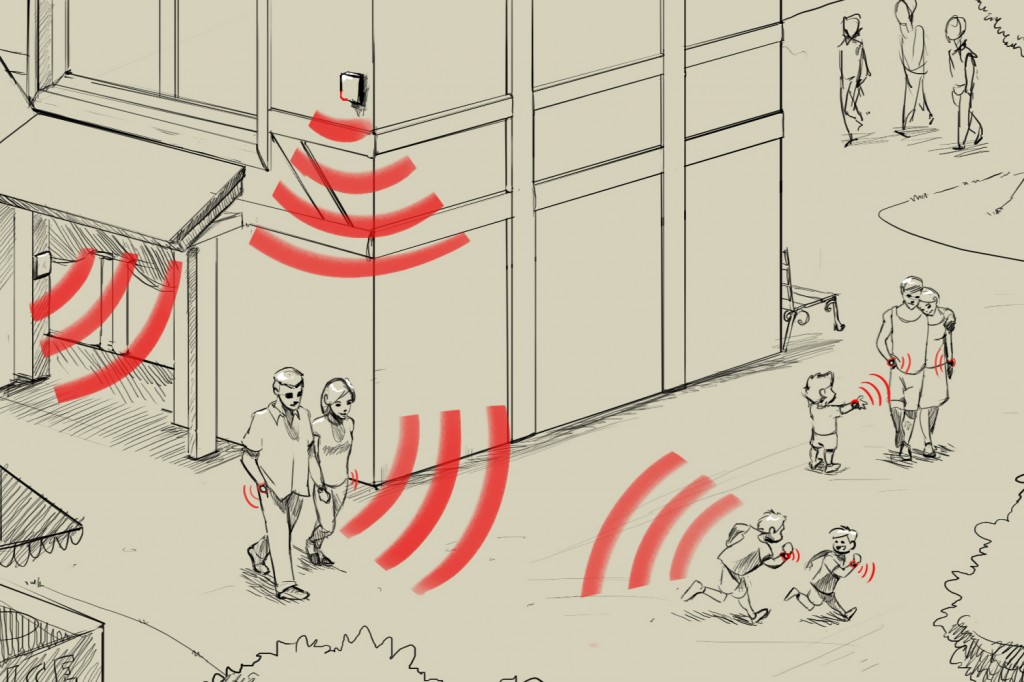Abstract

This work introduces a customized medium access control protocol, called DrxMAC, for resource-constrained radio devices. The protocol is based on a time-slotted communication scheme with a simple automated slot allocation based on device identities. DrxMAC deploys an in-slot listen-before-talk approach to maximize the slot usage when a slot is shared by multiple devices. The objective of our protocol is to minimize the use of the memory footprint and battery consumption. Further, it should be scalable even without support of a network infrastructure. DrxMAC is evaluated with a testbed implementation on Nordic Semiconductor’s nRF24LE1 (nRF24L) radio system on a chip. This system is often used for low-latency, low-throughput communication in consumer electronics such as wearables, wireless keyboards, or game controllers. It has recently been used in a large roll-out of wearable beacon devices that enable new personalized applications in entertainment theme parks. Such theme parks are controlled environments and can serve as model environment for smart cities. We believe that introducing ad-hoc networking for the wearable devices (as enabled by DrxMAC) will open the path towards new applications not only for theme parks but related applications in smart cities. We argue that our customized protocol approach improves the coverage range of such wearables and outperforms existing state-of-art protocols in terms of resource and energy efficiency. We compare different configurations and existing standard protocols proposed for sensor networks and the Internet-of-Things and analyze the performance of our DrxMAC testbed implementation with focus on packet delivery ratio, energy consumption, and scalability.
Copyright Notice
The documents contained in these directories are included by the contributing authors as a means to ensure timely dissemination of scholarly and technical work on a non-commercial basis. Copyright and all rights therein are maintained by the authors or by other copyright holders, notwithstanding that they have offered their works here electronically. It is understood that all persons copying this information will adhere to the terms and constraints invoked by each author’s copyright. These works may not be reposted without the explicit permission of the copyright holder.